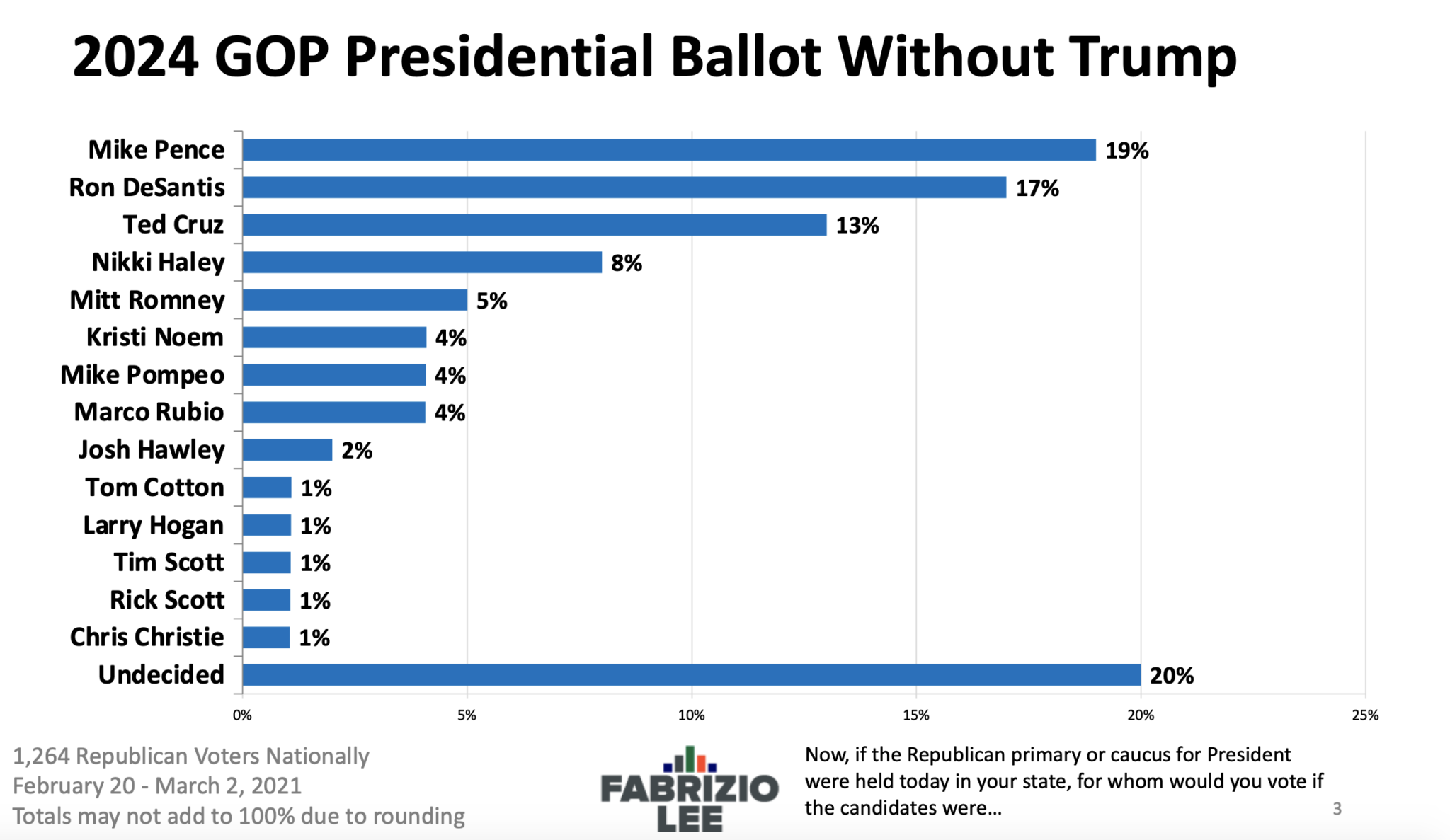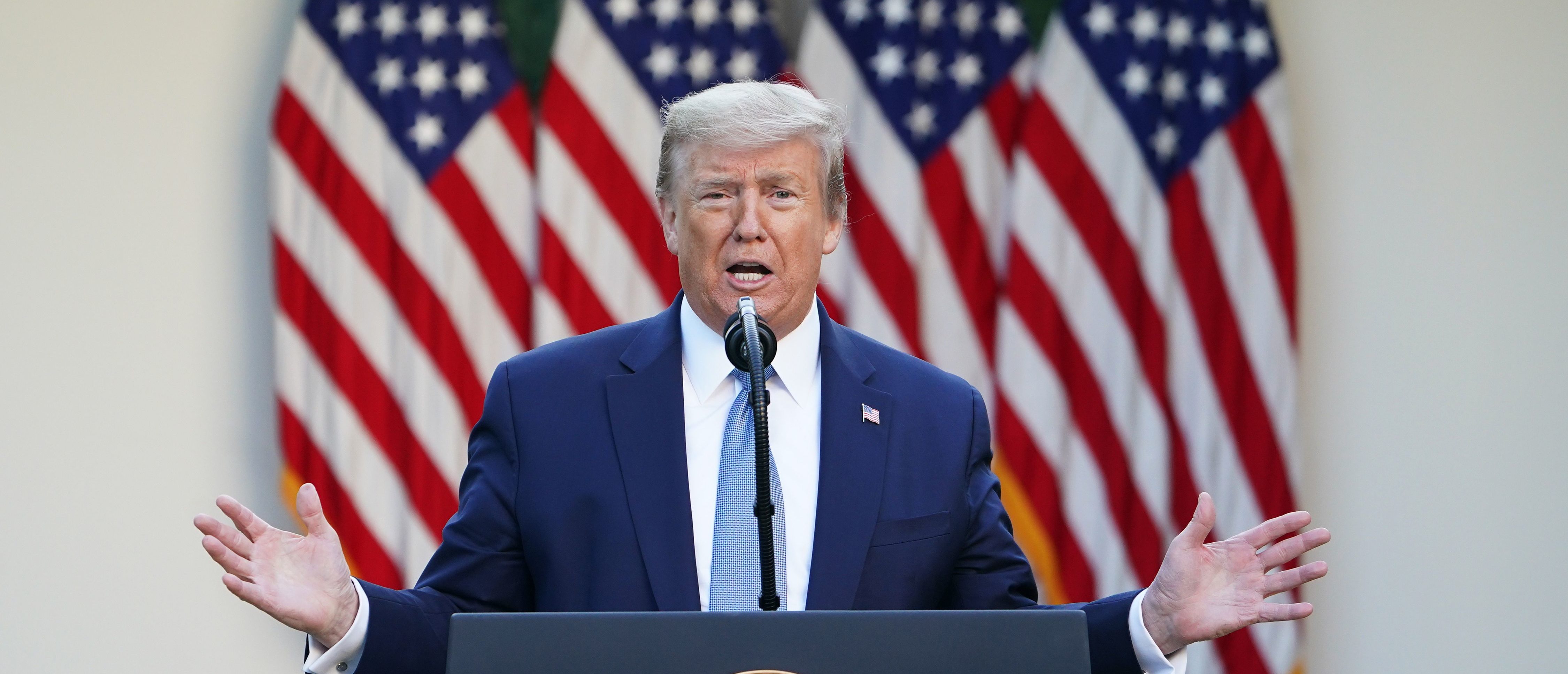Key Findings and Trends in Rasmussen Presidential Polls

Rasmussen Reports, a well-known polling organization, has been conducting presidential polls for many years, providing valuable insights into the dynamics of the political landscape. These polls are known for their focus on the “likely voter” segment, which is considered to be a more accurate reflection of the electorate than polls that include all registered voters.
Recent Findings, Rasmussen presidential poll
Rasmussen presidential polls have consistently shown that the race for the presidency is close, with both candidates having their strengths and weaknesses. Recent polls have revealed several key findings, including:
- Voter sentiment towards the economy is a significant factor influencing voting intentions. Recent polls show a strong correlation between economic indicators and presidential approval ratings. For example, polls conducted during periods of economic growth have shown higher approval ratings for the incumbent president, while polls conducted during periods of economic recession have shown lower approval ratings.
- The candidates’ positions on key issues, such as healthcare, immigration, and the economy, are also significant factors in voter decision-making. Recent polls have shown that voters are particularly concerned about the cost of healthcare and the state of the economy. These issues are likely to be central to the election campaign.
- The candidates’ personal qualities, such as their leadership skills and trustworthiness, are also important factors in voter decision-making. Recent polls have shown that voters are looking for a candidate who is strong and decisive, and who they believe will act in their best interests.
Trends in Poll Results
Over time, Rasmussen presidential polls have shown several significant trends, including:
- The race for the presidency has become increasingly close in recent years. This is likely due to the increasing polarization of the electorate, with voters becoming more entrenched in their partisan views.
- Voter turnout has been declining in recent elections. This trend is likely due to a combination of factors, including voter apathy, disillusionment with the political process, and the increasing difficulty of registering to vote.
- The use of social media and online news sources has become increasingly important in shaping voter opinion. This trend is likely to continue in the upcoming election, as candidates and political parties increasingly rely on social media to reach voters.
Potential Impact on the Upcoming Election
The findings and trends observed in Rasmussen presidential polls have significant implications for the upcoming election. These trends suggest that the election will be close and competitive, with the outcome likely to hinge on a few key factors, such as:
- The state of the economy. If the economy is strong, the incumbent president is likely to benefit. However, if the economy is weak, the challenger is likely to have an advantage.
- Voter turnout. The candidate who can mobilize the most voters is likely to win the election.
- The candidates’ ability to connect with voters on key issues. The candidate who can effectively communicate their positions on issues that are important to voters is likely to be successful.
The Role of Rasmussen Polls in Political Discourse: Rasmussen Presidential Poll

Rasmussen Reports, a well-known polling organization, has played a significant role in shaping political discourse, influencing media coverage, and impacting public opinion. Their polls have become a regular feature in political reporting, often cited by journalists and commentators to gauge public sentiment and predict election outcomes.
Rasmussen Polls in Media Coverage and Political Campaigns
Rasmussen poll results have frequently been used by media outlets to provide insights into the political landscape. News organizations often highlight the findings of Rasmussen polls in their coverage of elections, debates, and political events. For instance, during the 2016 US presidential election, Rasmussen Reports’ polls were widely cited by news outlets to track the race between Hillary Clinton and Donald Trump. These polls provided a snapshot of voter preferences and helped to shape public understanding of the election’s dynamics.
Political campaigns have also utilized Rasmussen poll data to inform their strategies and messaging. Campaign strategists may use poll results to identify key issues, target specific demographics, and tailor their campaigns to resonate with voters. By understanding public sentiment, campaigns can adjust their messages and allocate resources more effectively. For example, a campaign might use Rasmussen poll data to identify areas where their candidate is particularly strong or weak, allowing them to focus their efforts on areas where they can maximize their support.
Influence of Rasmussen Polls on Public Opinion and Voter Behavior
The influence of Rasmussen polls on public opinion and voter behavior is a complex issue. While it’s difficult to definitively prove a direct causal link, there is evidence suggesting that polls can influence public perception and potentially impact voting decisions.
One way polls can influence public opinion is through the “bandwagon effect.” This effect occurs when people are more likely to support a candidate or idea that is perceived to be popular or gaining momentum. If a Rasmussen poll shows a particular candidate leading in the polls, it could create a perception of inevitability, leading more voters to support that candidate.
Additionally, polls can serve as a form of “social proof,” providing voters with information about what others are thinking or doing. If a Rasmussen poll shows that a majority of voters support a particular policy or candidate, it can influence individual voters to conform to that majority opinion.
Potential for Bias or Manipulation in Rasmussen Poll Data
As with any polling organization, Rasmussen Reports is not immune to the potential for bias or manipulation in the interpretation of their data. It’s important to be aware of the following factors that could influence the accuracy and reliability of Rasmussen polls:
- Sampling Methodology: The accuracy of any poll depends heavily on the sampling methodology used. Rasmussen Reports uses a variety of methods, including live telephone interviews and online surveys. The specific methodology employed can influence the representativeness of the sample and the reliability of the results.
- Question Wording: The way questions are worded can significantly impact poll results. Even subtle changes in question wording can influence how respondents answer. For example, a question phrased in a leading or biased way can influence respondents to answer in a particular way.
- Data Analysis and Interpretation: The analysis and interpretation of poll data can be subjective and influenced by personal biases. Different analysts may draw different conclusions from the same data, depending on their own perspectives and assumptions.
It’s essential to consider these potential sources of bias when interpreting Rasmussen poll results. By being aware of these limitations, consumers of poll data can make more informed judgments about the reliability and significance of the findings.
The Rasmussen presidential poll has been a bit of a rollercoaster lately, with the candidates’ numbers fluctuating like a student’s mood after a particularly tough exam. It’ll be interesting to see how the results of the recent fox presidential debate impact the poll, especially with the election looming like a looming deadline.
Will the candidates’ performances boost their numbers, or will they leave them feeling like they’ve just pulled an all-nighter cramming for a test?
The Rasmussen presidential poll is always a bit of a head-scratcher, you know? Like, who actually knows what’s going on in the real world these days? It’s like trying to predict the next big thing in the NFL, like whether Kenny Pickett will be the next big thing for the Eagles.
But hey, at least we can all agree that the polls are a good talking point for a pint down at the pub, right?
